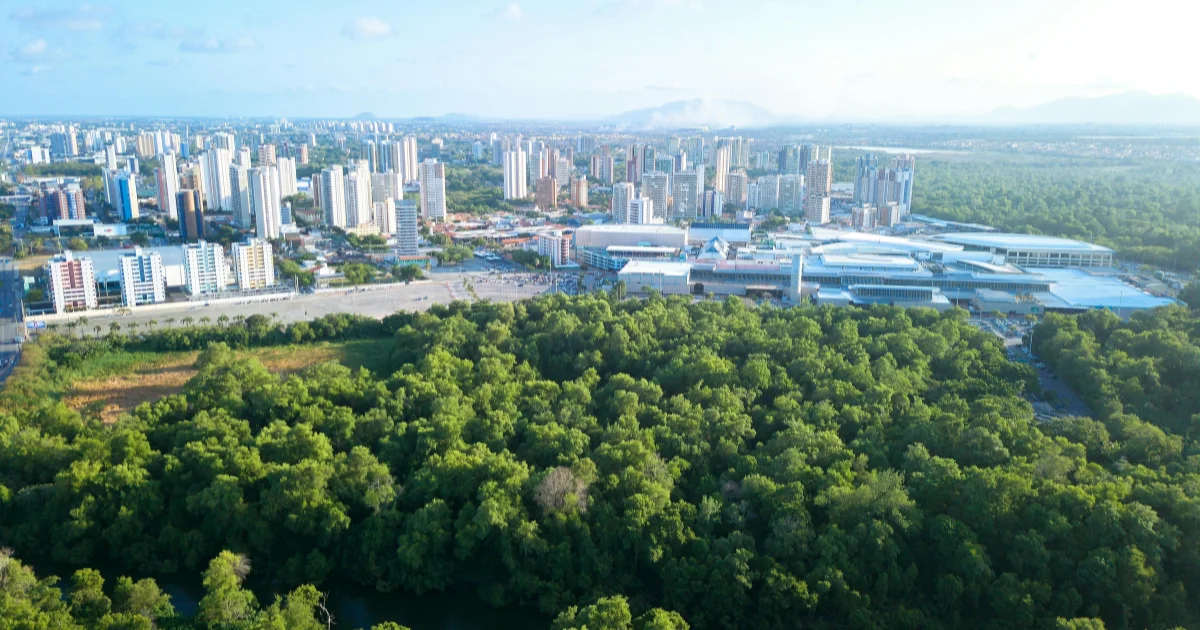How Forests Save Our Climate
Forests are often referred to as the “lungs of the Earth” because they play a vital role in maintaining the planet’s climate. They act as natural regulators of temperature, carbon levels, and water cycles, making them essential in the fight against climate change. This article explores how forests save our climate and why their conservation is crucial for a sustainable future.
Forests Absorb Carbon Dioxide (CO2)
Forests are one of the most effective carbon sinks on Earth.
The process: Trees absorb CO2 during photosynthesis, using it to grow while releasing oxygen into the atmosphere.
Climate impact: By reducing the amount of CO2 in the atmosphere, forests help mitigate the greenhouse effect, which is responsible for global warming.
The Amazon rainforest alone absorbs approximately 2 billion tons of CO2 annually, highlighting the critical role of forests in regulating the climate.
Forests Store Carbon Long-Term
In addition to absorbing CO2, forests store carbon for long periods.
Where it goes: Carbon is stored in tree trunks, roots, leaves, and even the soil.
Benefits: This locked-away carbon prevents it from re-entering the atmosphere and contributing to climate change.
Old-growth forests, in particular, are invaluable because they hold massive amounts of stored carbon accumulated over centuries.
Forests Help Regulate Temperature
Forests help keep the Earth cool through various mechanisms:
Shade: Tree canopies reduce surface temperatures by blocking direct sunlight.
Transpiration: Trees release water vapor through their leaves, which cools the air.
Cloud formation: Forests release compounds that aid in the formation of clouds, which reflect sunlight back into space.
These cooling effects are critical in offsetting the heat caused by urbanization and deforestation.
Forests Maintain the Water Cycle
Forests play a vital role in the global water cycle.
How it works: Trees absorb water from the soil and release it into the atmosphere through transpiration, increasing humidity and contributing to rainfall.
Why it matters: This process ensures consistent rainfall patterns, supports agriculture, and prevents droughts.
Forests like the Amazon, often called “rainmakers,” are responsible for creating weather systems that impact regions far beyond their boundaries.
Forests Prevent Soil Erosion and Desertification
Healthy forests stabilize soil and prevent land degradation.
Root systems: Tree roots bind the soil, reducing the risk of erosion caused by wind and water.
Ground cover: Leaf litter and vegetation protect the soil from direct exposure to the sun, preserving its fertility and moisture.
By preventing desertification, forests maintain ecosystems that support both plant and animal life.
Forests Support Biodiversity
Forests are home to more than 80% of the planet’s terrestrial species.
Why it matters: Biodiversity helps ecosystems remain resilient to climate change, ensuring the survival of species and the services they provide.
Climate connection: Healthy ecosystems are more effective at storing carbon and regulating climate conditions.
The Threats to Forests and Our Climate
Despite their importance, forests are under severe threat from human activities:
Deforestation: Large-scale logging, agriculture, and urbanization result in the loss of millions of hectares of forest every year.
Forest degradation: Unsustainable practices like overgrazing and mining damage forests, reducing their ability to store carbon and regulate temperature.
Climate change feedback loop: Rising global temperatures increase the risk of wildfires and pest infestations, further threatening forests.
Why Saving Forests Is Critical
Forests are irreplaceable in the fight against climate change.
They slow global warming: Forests absorb nearly one-third of the CO2 released by human activities.
They support livelihoods: Over 1.6 billion people depend on forests for food, medicine, and shelter.
They protect future generations: Conserving forests ensures a stable climate for years to come.
How We Can Help Save Forests
Here are actionable steps to protect forests and our climate:
Support Reforestation Projects
Participate in tree-planting programs.
Donate to organizations like One Tree Planted or World Resources Institute.
Adopt Sustainable Practices
Reduce paper and wood consumption.
Use products certified by organizations like FSC (Forest Stewardship Council).
Advocate for Policy Changes
Support laws that combat deforestation and promote sustainable land use.
Encourage governments to include forest conservation in climate policies.
Raise Awareness
Educate your community about the importance of forests.
Use social media to spread knowledge and promote forest conservation initiatives.
Relevant post: In impressive trees influence the climate in 2024
Other Relevant: Trees and Climate Change: How Forests Benefit the Climate
Conclusion
Forests are the backbone of a stable climate. Their ability to absorb carbon, regulate temperature, and maintain water cycles makes them indispensable in the fight against climate change. However, their continued loss poses a dire threat to the planet.
By taking collective action to conserve, restore, and sustainably manage forests, we can ensure they continue to save our climate for generations to come. Protecting forests is not just an environmental obligation—it’s a critical step toward a healthier, cooler Earth.




